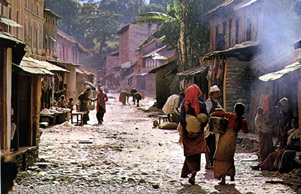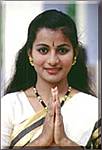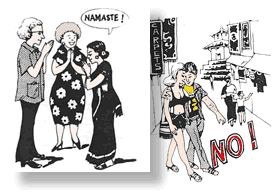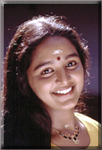 |
Nepal Do's
and Don'ts |
|
 |
Nepal Do's
and Don'ts |
|
|
 |
Since
the majority of our people live in rural areas, they have an outlook of
life that is simple and traditional. In fact, they take special delight
in the company of foreign visitors but there are certain things that are
alien or embarrassing to our people. Here is few thin keep in mind.
 |
It
is better to be decently clad when visiting any place. |
 |
Sun
and beachwear is not the ideal when roaming around the city or village.
Briefs, shorts, bare shoulders and backs may not be appreciated. |
 |
One
need not to be stiff and overdressed but just comfortably and decently
covered. Do not take seriously if a Nepalese lady hesitates to shake hands. |
 |
In
Nepal, people and specially the ladies, do not normally shake hands when
they greet one another, but instead press the palms together in a prayer
like gesture known as "Namaste." |
 |
Public
displays of affection between man and woman are frowned upon. |
 |
Do
not do something that is totally alien to our environment. |
 |
Nepalese
are hard on drug abuse, trafficking and possession of drugs are taken as
serious offences. |
 |
Cheap
charity breeds beggars but does not solve their basic problem. Therefore
do not encourage beggary by being benevolent. |
top
 |
| Religion
is an integral and deep-rooted part of Nepalese life. Temples, images,
sacred paintings are to be seen everywhere. Majority of the people is Hindus
in Nepal, nevertheless, Buddhism has also important place in this country.
Hinduism and Buddhism are closely connected in Nepal and it would take
a lifetime's study to understand the complexities of country's religious
life. Some hints regarding religious matters. |
|

|
 |
Visitors
to Hindu temple or Buddhist shrine are expected to be unshoed as a mark
if respect. In fact, a pair of open sandals is more convenient and comfortable
while visiting the temples and stupas. |
 |
In
come of the temples entrance may be prohibited for the non Hindus. |
 |
Leather
articles are prohibited to be taken inside the temple precinct. |
 |
It
is better not to touch offerings or persons when they are on way to shrines. |
 |
Beef
is strictly prohibited among both the Hindus and Buddhist. No female animal
is killed for food. |
 |
Walking
around temple or stupa is traditionally done clock wisely. |
 |
Generally
temples, stupas and monuments are permitted to be photographed but it is
better to ask authorized persons to have permission before using the camera. |
top
 |
Beware
of touts who claim to be the representative of companies and offer to take
to bargain hunting. |
 |
Use
hotel safety boxes for your valuables. Do not leave cash and other valuable
thing lying around in the room. |
 |
Table
manners in Nepal are quite different from those at home. In typical and
traditional Nepali houses, plates, knives, forks and spoons may be absent
from the dinner table. |
 |
While
eating, Nepalese people use their right hand. But this does not mean, however,
that the guests are not to use forks and spoons. |
 |
Any
food or utensils touched by the used knife or spoon or fingers or by lips
or into which spittle has fallen is considered "contaminated". It would
humiliate a person if such food were offered to him. Nor should the dish
containing such food be used again without it being properly washed. |
|








